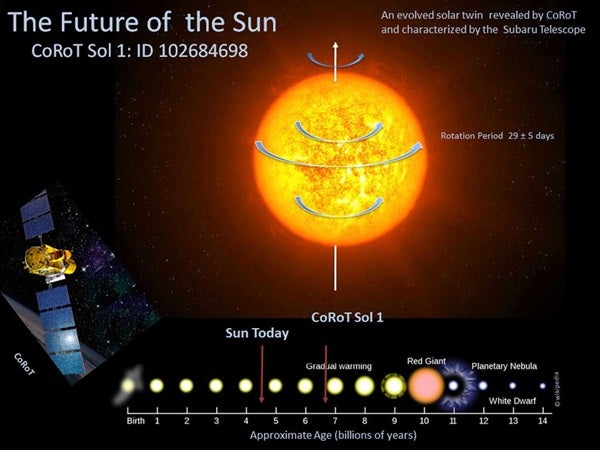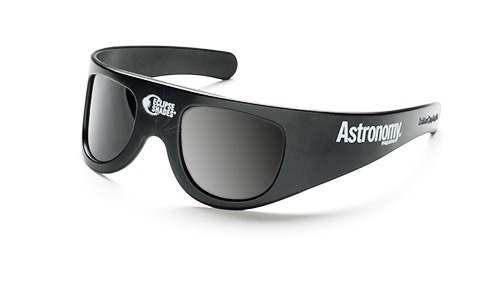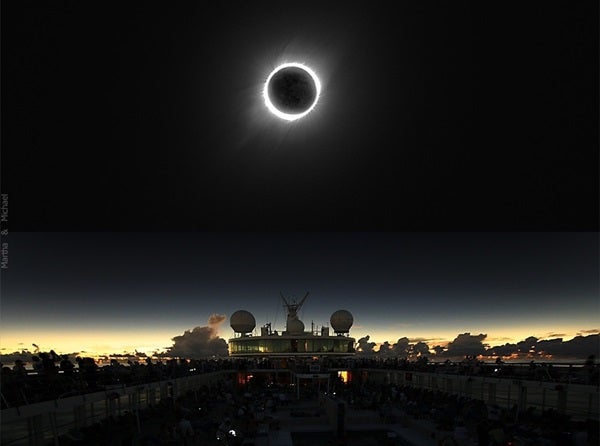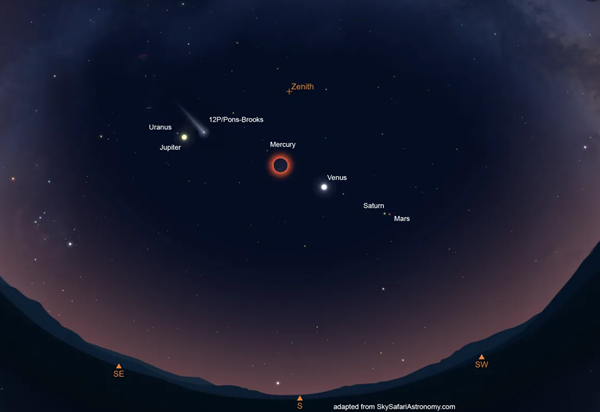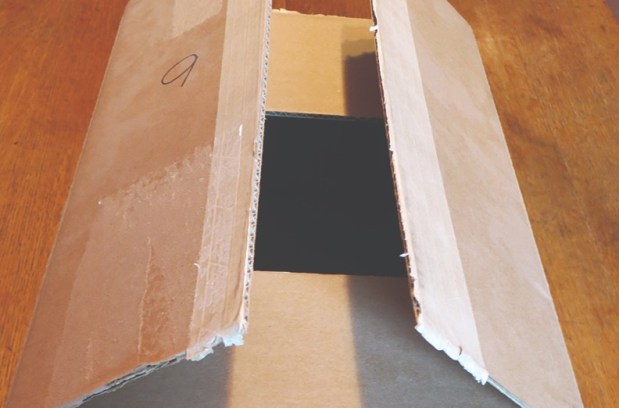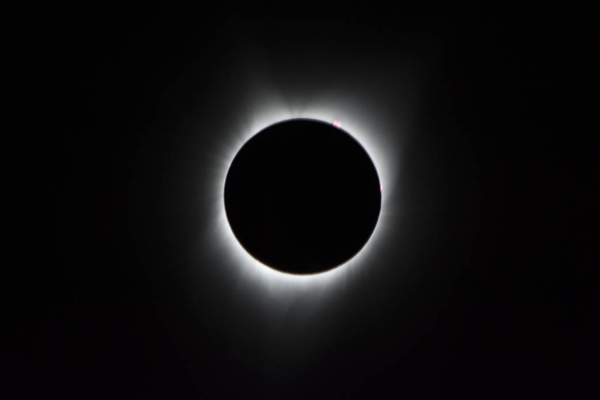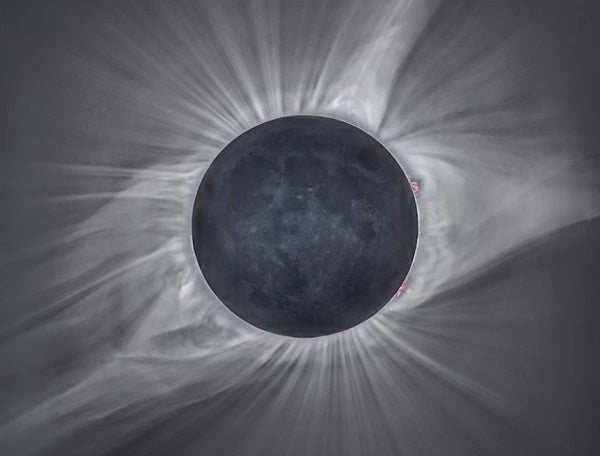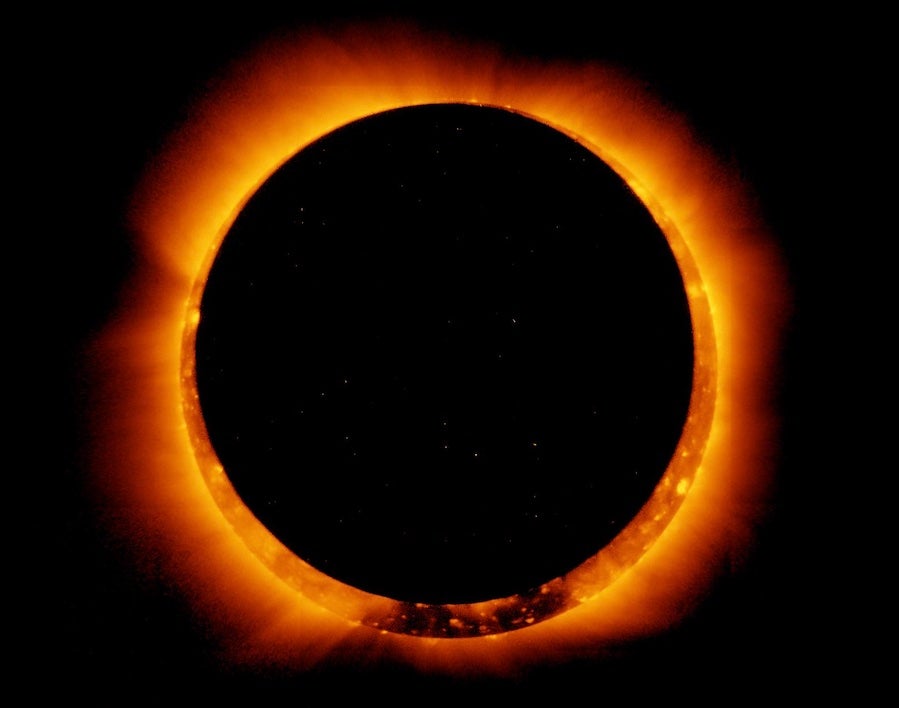Since the Sun is the closest star to Earth, it has been extensively studied in a variety of ways. Despite considerable efforts by astronomers, we do not know yet how typical our star is. Except for the youngest stars, the true rotation of those similar to the Sun is unknown, and there are few studies of mature solar twins or of more evolved ones.
The mass and chemical composition of a star are the main characteristics that determine its evolution. Studying stars with the same mass and composition as the Sun, so-called “solar twins,” can give scientists more information about our Sun; solar twins of various ages offer snapshots of the Sun’s evolution at different phases.
The satellite CoRoT has provided precise space-based data from which it is possible to determine the rotation periods of stars. The current team selected the best solar twin candidates within a range of rotation periods to study the evolution of the Sun’s rotation period in detail. Because solar twins are faint, the team initially used HDS on the Subaru Telescope to observe three of their solar twin candidates. The large size of the Subaru Telescope and the capability of HDS to precisely spread out the stellar light into many constituent colors allowed them to study the stars’ characteristics in detail. A meticulous analysis of the data showed that one of the solar twin candidates was truly a star with a mass and chemical composition similar to that of the Sun. The finding was even more precious because the star is at a more evolved stage and can serve as an indicator of the future of the Sun.
Determining the age of a star is probably one of its most difficult aspects to ascertain, but high-quality spectra shed light on stellar ages. CoRoT Sol 1 is about 2 billion years older than the Sun, but its rotation period is about the same as our star’s. Subaru Telescope’s HDS spectra of CoRoT Sol 1 show that its overall chemical composition is similar to that of the Sun, but its detailed abundance pattern shows some differences, like most nearby solar twins. For example, the abundance of lithium (Li), an element that decreases with age, is less than that of the Sun.
“In 2 billion years’ time, about the solar twin’s actual age, the Sun’s radiation may increase and make the Earth’s surface so hot that liquid water can no longer exist there in its natural state,” said Nascimento.
In contrast to other solar twins that are relatively bright, CoRoT Sol 1, which is located in the constellation Unicorn in Monoceros, is more than 200 times fainter than the brightest solar twin known. The large 8.2-meter mirror of the Subaru Telescope and the precision of its HDS made it possible to conduct this detailed study of the spectra of such a faint star. The team plans to use the Subaru Telescope to continue its research on how typical a star the Sun is; they intend to describe its rotation evolution by finding solar twins representing a broad range of stellar ages and then placing the Sun within this context.

